Founded in 1999 by Ed Ng and Terence Ngan, the international architecture and interior design studio AB Concept has offices in Hong Kong, Karuizawa, Taipei, and Milan, and since its inception it has established itself as an authoritative and sophisticated presence in the luxury hospitality industry, collaborating with brands such as Four Seasons, Mandarin Oriental, Ritz Carlton, Rosewood, and W Hotels, but also in the residential and retail sectors. After closing 2021 with the opening of the Waldorf Astoria in Xiamen, Ed Ng tells us how their projects intertwine the past and the contemporary, Asian cultures and Western architectural shapes, decorative invention and international design. He explains that their working method is like that of ‘a chef, you already trained your taste buds so well, you know the skills, ingredients, seasonings so well, and you are equipped with all the know-how and knowledge, that you just create. Once we know the requirements from the client or the operator, the design comes from our heart rather than consciously think how to get that.’
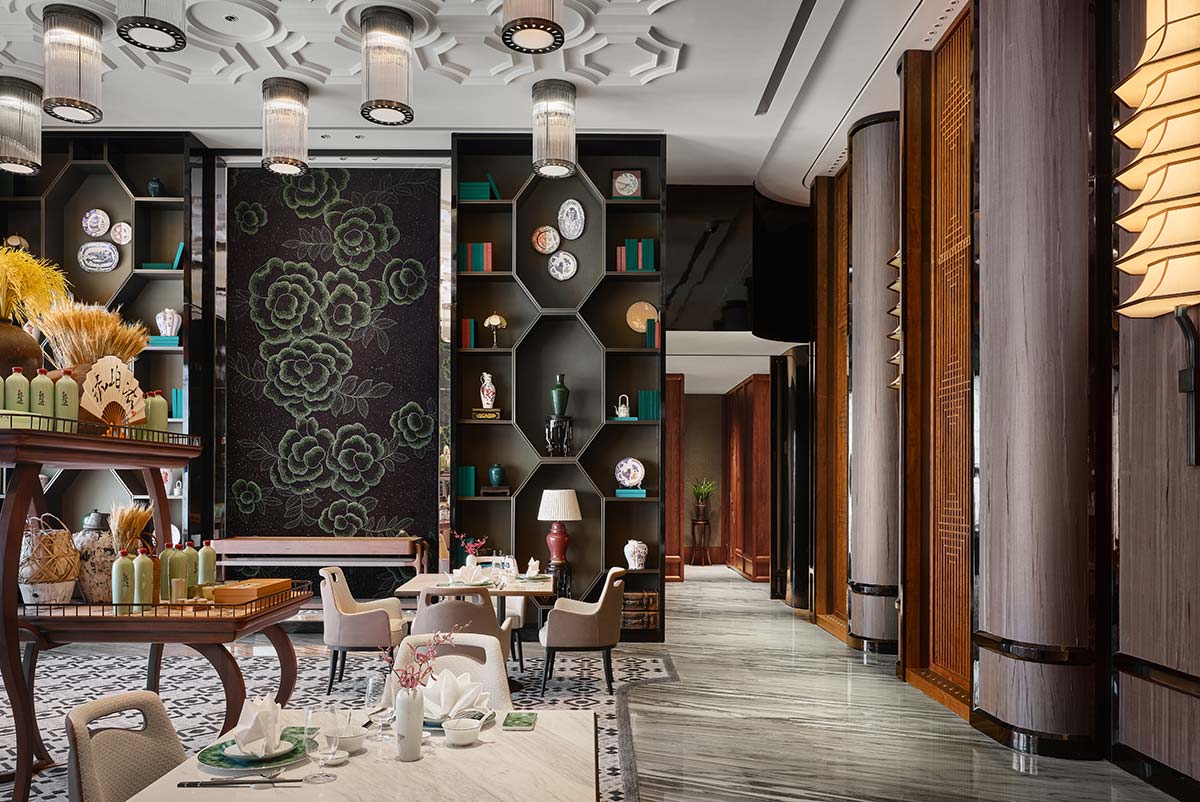
Conrad Hangzhou
How did it all start with your AB Concept firm? And where does its name come from?
This is always an interesting question. We actually have a romantic version of the story and the real story. We wanted all our projects to be reflected in Architecture (as you may know Terence is an Architect) and a Bespoke Concept in all aspects, that’s how the name AB Concept came around.
The real story is that after I left my old company, and decided to start a company with Terence, we encountered a dear friend who needed to design his home and this became our first project. We had to come up with a name for our business registration, we reached out an accountant and ask about what is the easiest and way to set up a business registration so he gave us a stack of A4 papers filled with names, AB Concept was one of the top of the list and we felt that it sounds like the name of a design company so without much hesitation we picked AB Concept.
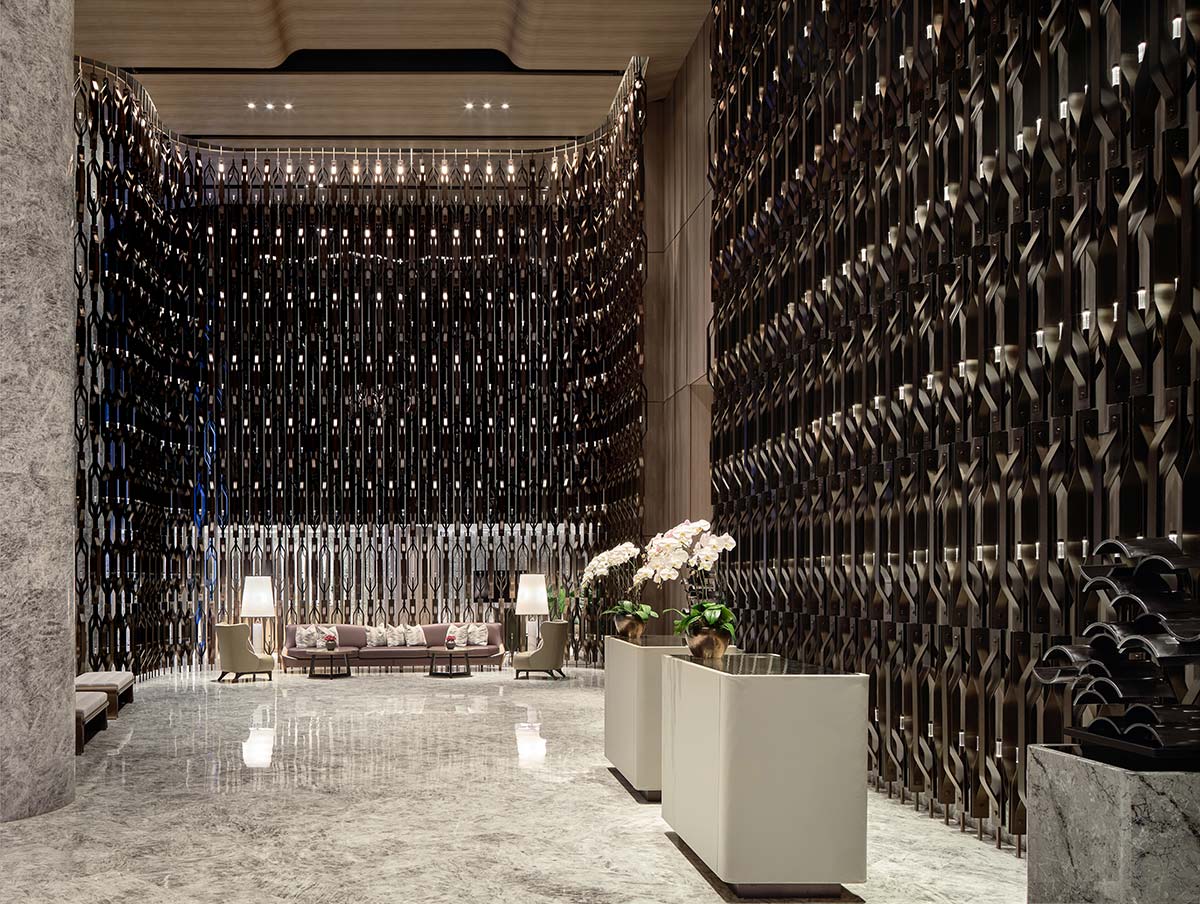
Conrad Hangzhou
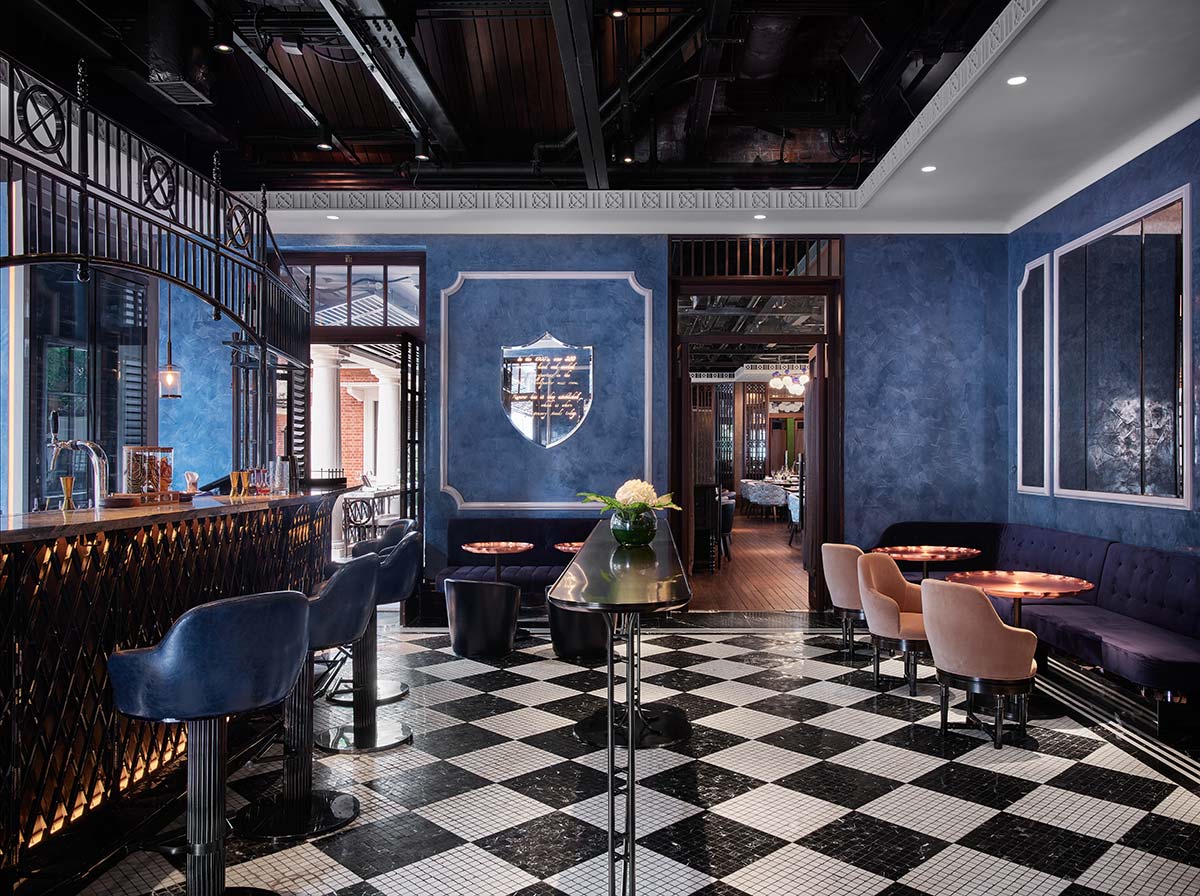
Tai Kwun Central Police Station, Hong Kong
As storyteller how would you describe Hong Kong?
Ever since I had memory, Hong Kong has been extremely fast paced, people walking fast and it’s an extreme example of multi facet culture in a city, you pass by a 100 years old temple and within minutes you can be in a very modern architecture side by side. You can have the most luxurious hotel, but you also have people living in the most frugal environment. You can be in the cosmopolitan city within 15 mins drive of the beach in the south side of Hong Kong.
Basically you can find complete opposite sides of almost every aspect. The city has a high concentration of wealth and has created a lot of opportunities for designers to exercise their profession. We are constantly influenced by the root of being a Chinese city, where 90% of the population is of Chinese origin, and blended with the root of education based on the West.
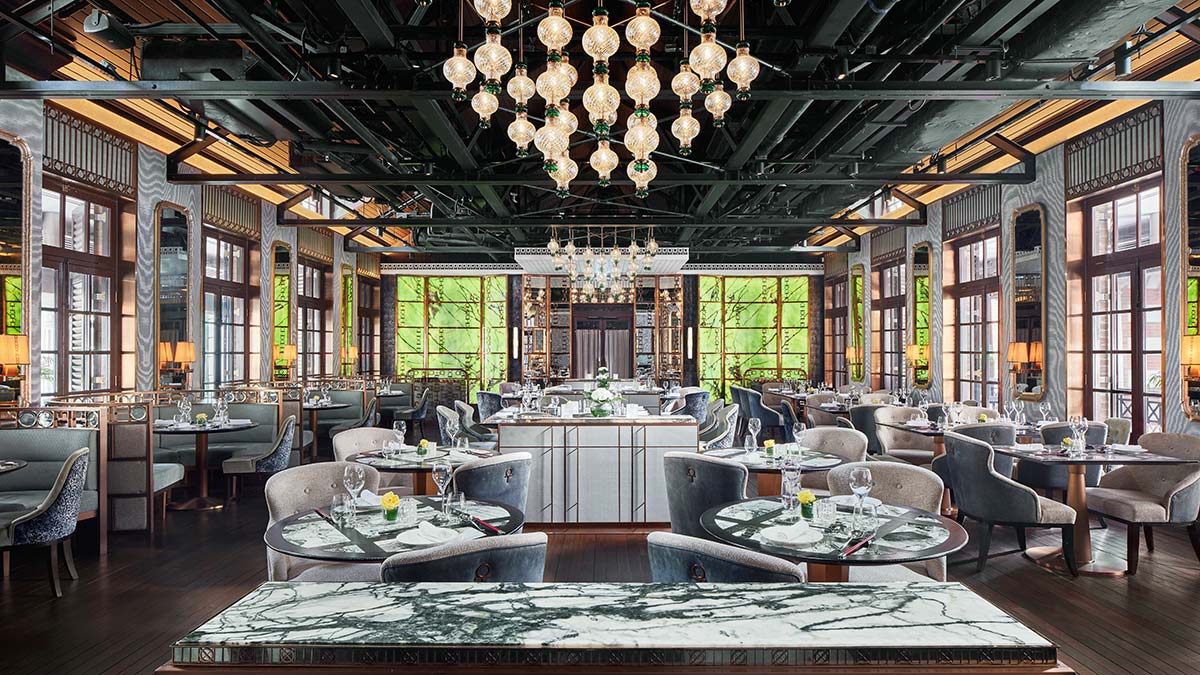
Tai Kwun Central Police Station, Hong Kong
Please tell us about your relationship with Italy…And with Made in Italy. Do you choose Italian brands in your projects? Apart from Poltrona Frau…
Italy is my only home in Europe, and I consider it as a hub. Ever since I started as a designer, Italian design has always been my ultimate design inspiration. That is why when I had the need to look for my home in Europe, it was almost a no brainer that it would be in Italy, specifically Milan. Made in Italy is brand itself, it is a perception, a combination of quality and elegance. Apart from our partner Poltrona Frau, we definitely use Italian brands in our projects, for example Boffi, Artemide, Ceccotti and many more. We also admire many other Italian brands that we hope to collaborate with in the future.
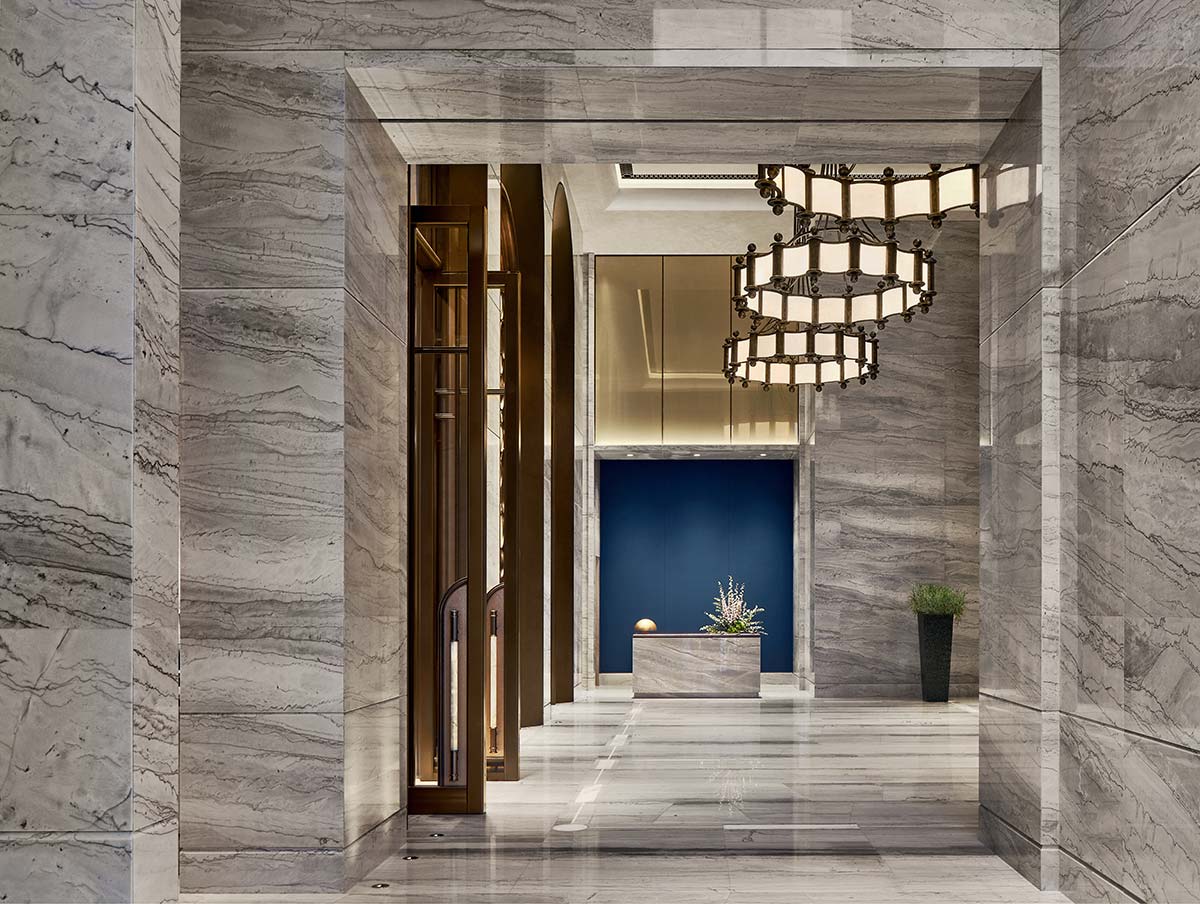
Waldorf Astoria, Xiamen
You’ve just opened your office in Milan, which is your ‘East meets West’ concept and approach?
We definitely have a ‘East meets West’ approach because as already mentioned, apart from all the brands, Italy has been a great source of inspiration for its artisanal skills, the sophistication in engineering related to all design aspects, materials, etc. All these shape an essential vocabulary that a designer should take advantage in close proximity to enrich the context of the design of top tier projects.
And what about your ‘East meets East’ approach? As different Eastern cultures meet or melt in your projects.
‘East meets East’ is a very interesting way to describe it, many people generalize West and East, but within Europe in the West, Italian design is so different from the French or the Scandinavian, while in Asia is also very similar, design in Japan is so different from design in Thailand or Indonesia. Just having one general tag to describe a design is not doing justice of this beautiful spectrum of the diversity.

Waldorf Astoria, Xiamen
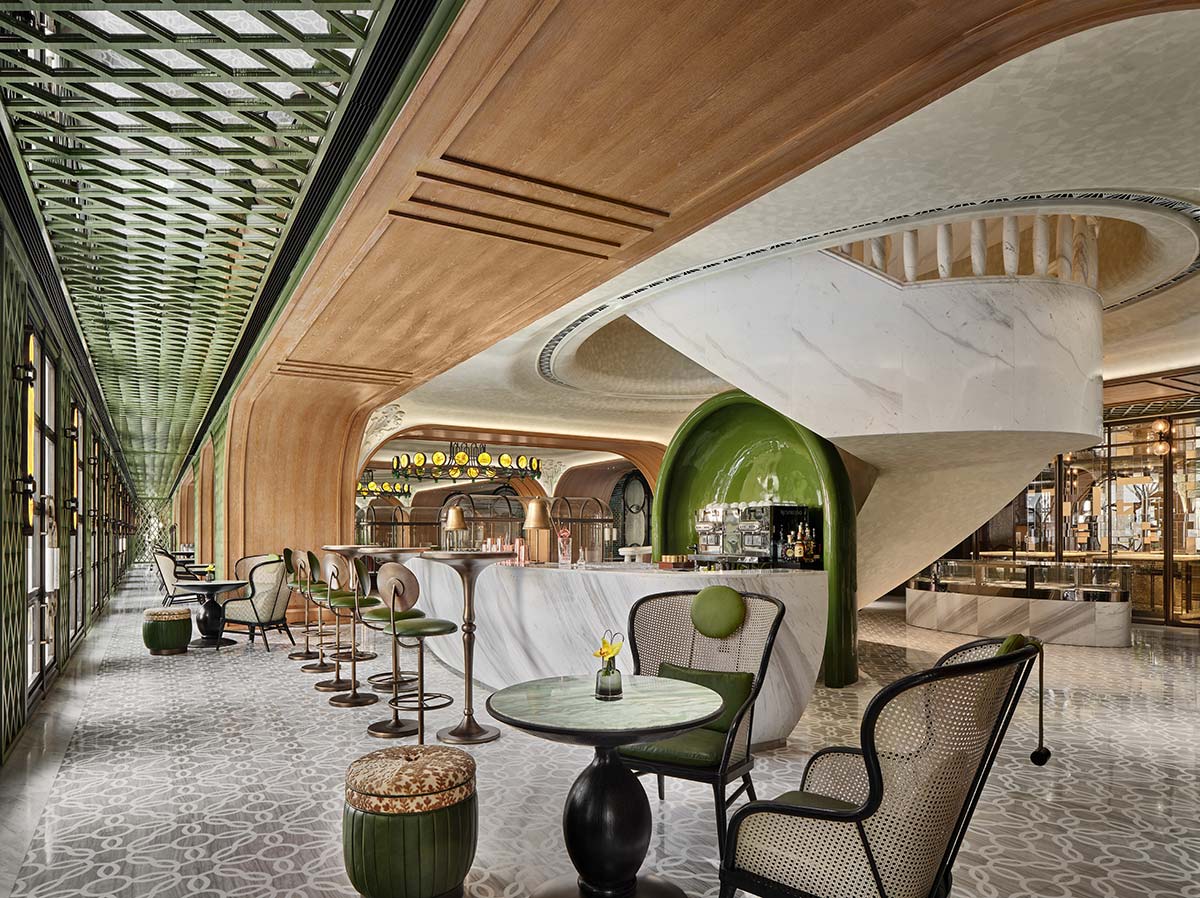
Waldorf Astoria, Xiamen
I’ve also personally chosen to live in Japan, which I find extremely inspiring, because of the Wabi-sabi culture, its minimalism, that has great influence not just in Asia but in a global design spectrum. We put things together naturally rather than try to weave two cultures, because when something is already melted into your tastebud, it shapes your aesthetics and approach unconsciously. Sometimes I’m not conscious or aware that I chose this colour because of a certain influence, nor would I go for this detail or material because of my Asian root just because I want to show the cultural influence.
Considering client briefs, local cultures and contexts, how do you get to design successful cultural hybridation?
It’s just like a chef, you already trained your tastebud so well, you know the skills, ingredients, seasonings so well, and you are equipped with all the know-how and knowledge, that you just create. Once we know the requirements from the client or the operator, the design comes from our heart rather than consciously think how to get that. For example, there are many ways to get a sweet and sour taste, you can have different fruits, vinegars, sauce, etc. to come out with many different kinds of sweet and sour, but you know that there is one that is suitable to express what you are trying to achieve.
In case of heritage buildings, how can the past and history be reconciled with future? An example of this balance?
When we start with a heritage building project we do extensive research about its history and the usage of that building. When we take on the design, our vision is to create a highly respected project that is succeeded from its history and story. We try to create something that feels that it has always been there. We try to explore the idea of people coming into the heritage project, and people can resonate how it looked in the past but also feel that it’s contemporary, and they feel that the design has also existed in the building since day one.
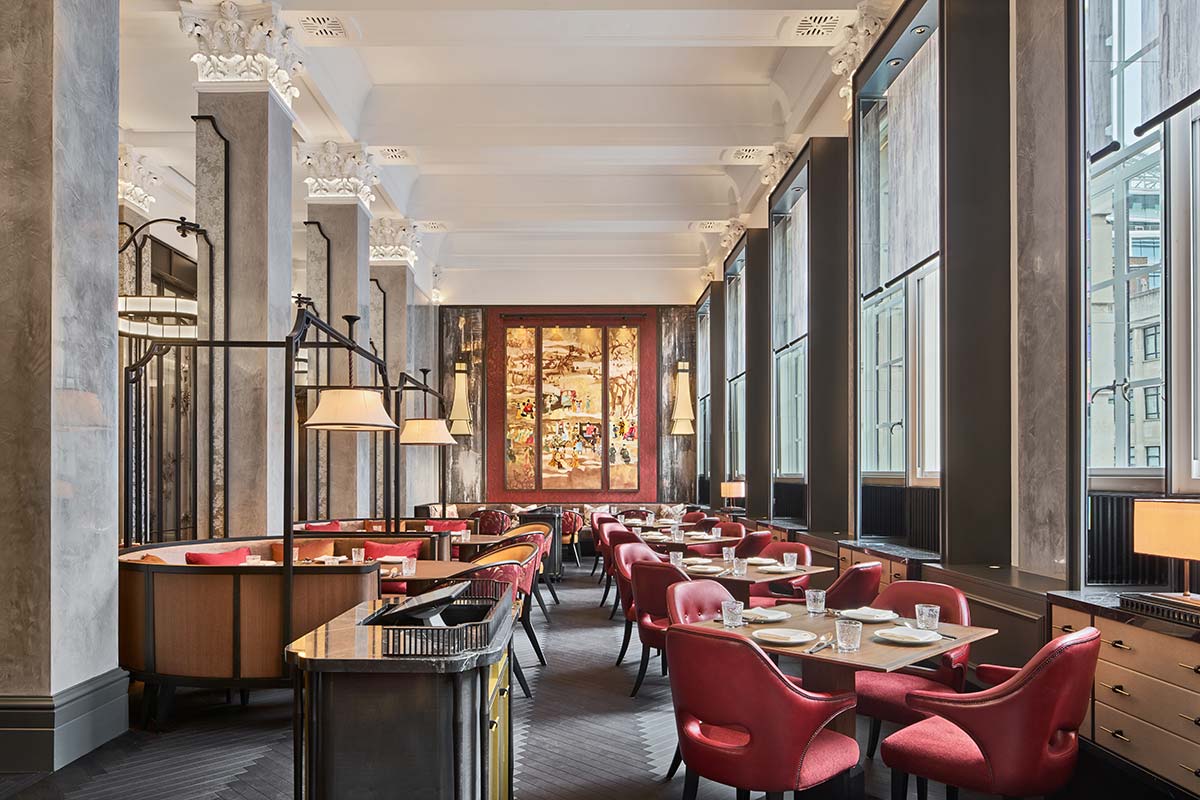
Mei Ume, Four Seasons London
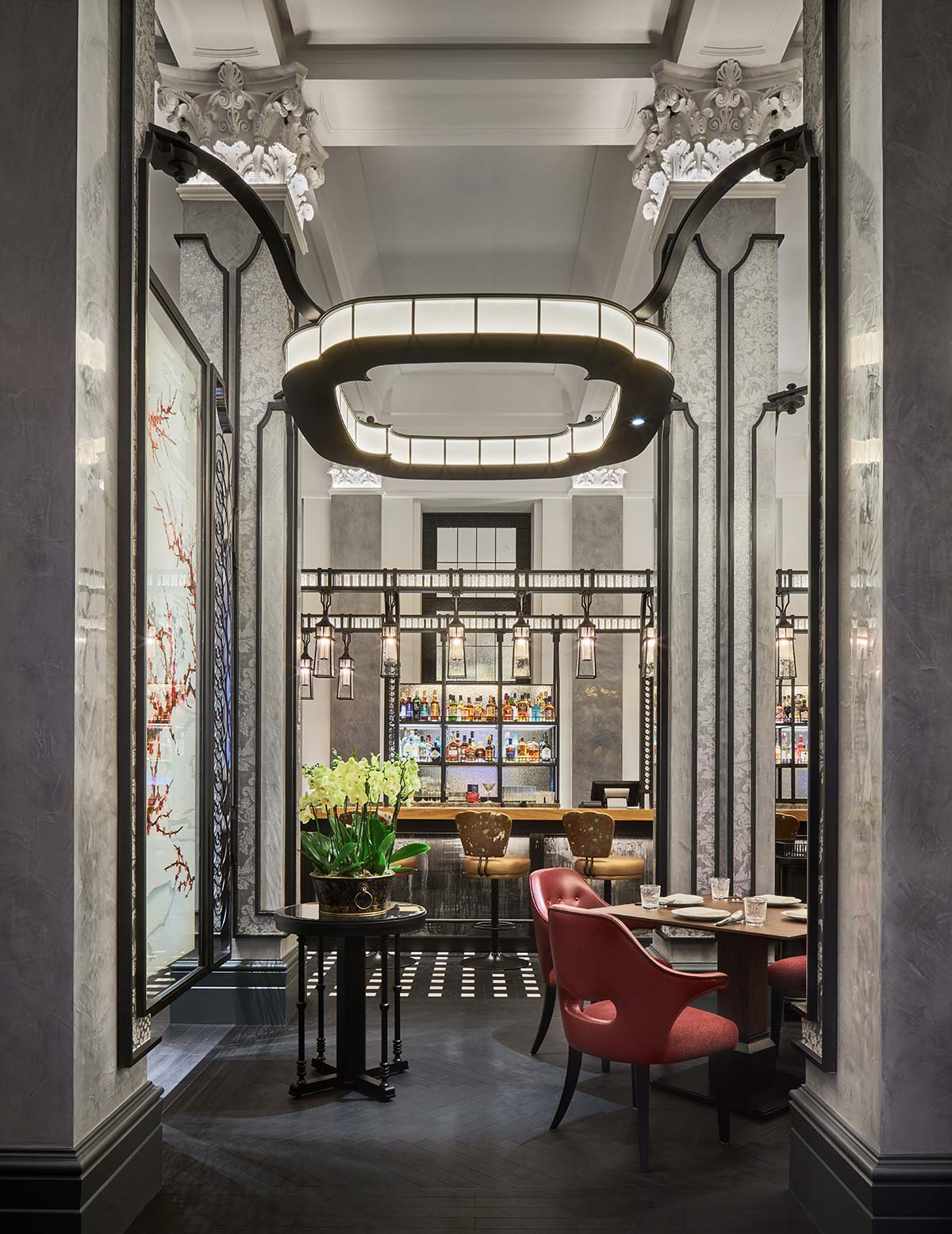
Mei Ume, Four Seasons London
Mei Ume in Four Seasons London at 10 Trinity Square is a great example, it is a classical building, a landmark, more specifically it was the Port of London Authority in 1909. When we were commissioned to design the restaurant inside such an European context building, with full respect for the architectural features, being the originally gateway for merchants from the East and West to trade teas, purse silks and cultural mannerisms, we extracted some part of the history related to the trade aspects of the building, and took some of the materials and apply into the western heritage building. There were many structural elements which we had to leave as is, for example columns, overall structure and any mouldings. In order to introduce new elements without compromising the heritage, we took inspiration from the patterns of the original mouldings and incorporated it into our designs. In the entrance, there is a little porthole hanging from the ceiling, and we used that circular shape throughout the restaurant on some of the screens. We have also refrained ourselves from using any items, such as spotlights or anything that worked in a too modern of a way within the premises; to honour the history and the atmosphere which it deserves.
The value and role of craftmanship in your work, does it link local culture to your creativity?
I think it is a must. The role of craftsmanship in a specific region where our project belongs is almost an essential element. Very often we try to take them as local inspirations and inject our vision into creating something bespoke that belongs to specific project. We take the local culture and redefine our own creativity into this type of craftsmanship that belongs to us as designers and it is also accepted by the locals.
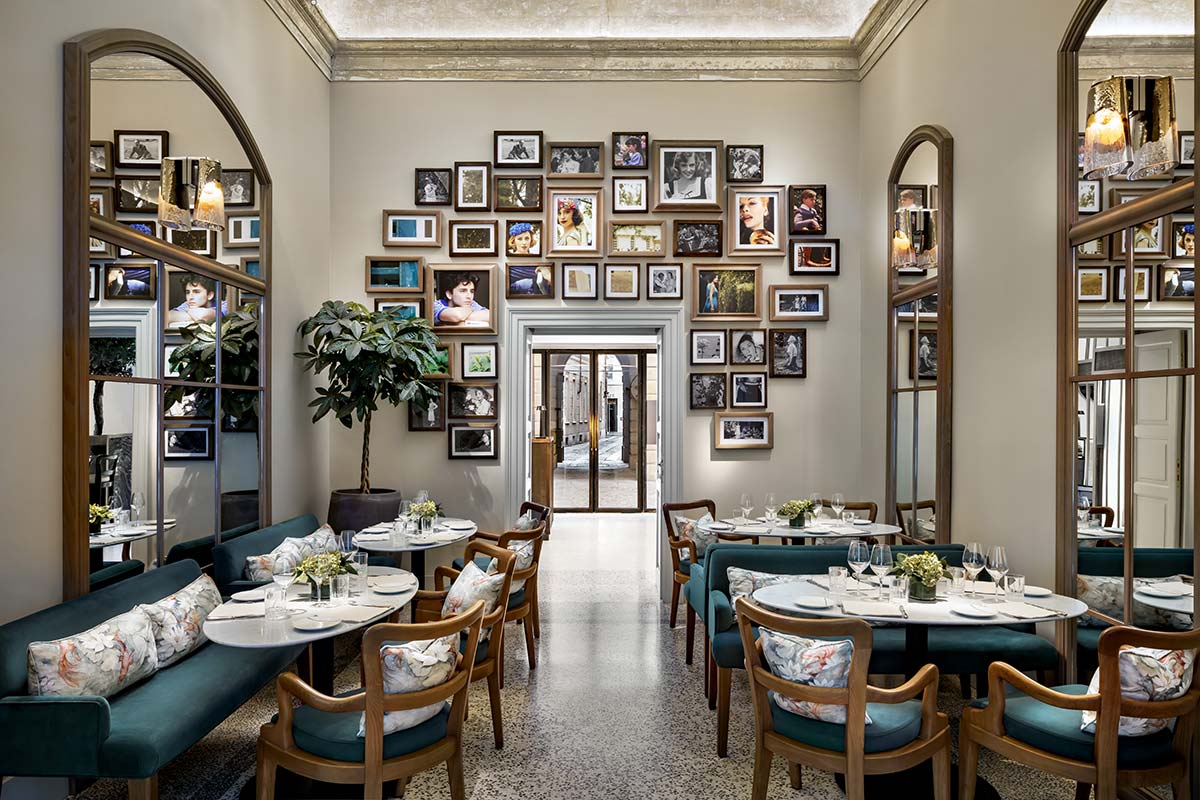
Mei Ume, Four Seasons London
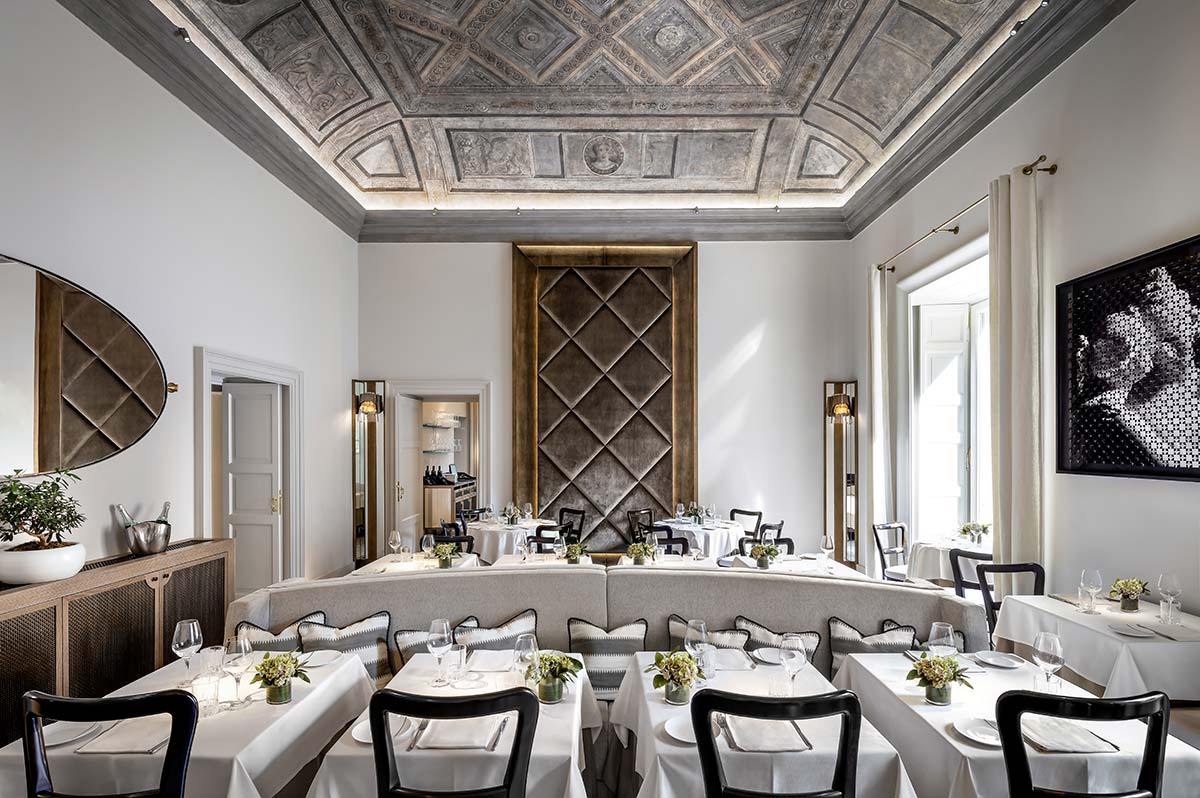
Mei Ume, Four Seasons London
We work extensively in hospitality projects and restaurant designs, this is a perfect induction into the local community. We always want to create something local and not something that is purely for tourists or outside visitors. A successful hospitality or F&B project should always have the support and recognition from the local community. This is an essential part, whether a textile, joinery work, wood carving…
Why do you think “true luxury design must be invisible”?
Luxury is not monetary, it’s a feeling. Because true luxury should not be a tangible thing and should not be based on monetary value, it cannot be measured. On the contrary, you can spend a fortune to have the most expensive marble or textile for a space, but it doesn’t necessarily make you feel luxury. There is no equation mark.
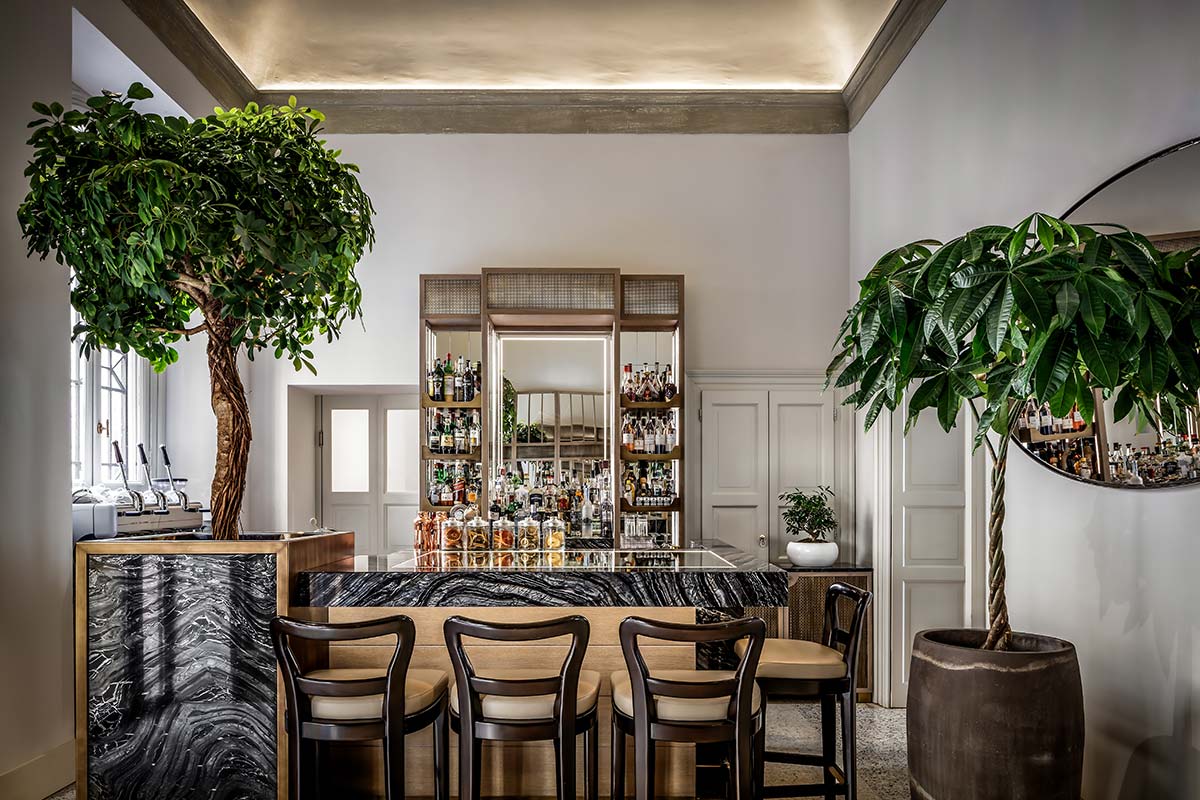
Mei Ume, Four Seasons London
You say you’re designing ‘moments’, isn’t this underestimating?
I don’t think so, because we all have 24 hours a day and live through uncountable moments each day, but how many are the true moments you will remember. What is the moment you remember yesterday or last week or even 10 years ago? Surprisingly there are only a handful of very special moments, if our design can contribute to a part of people’s handful special moments, do you still think it’s still underestimating?
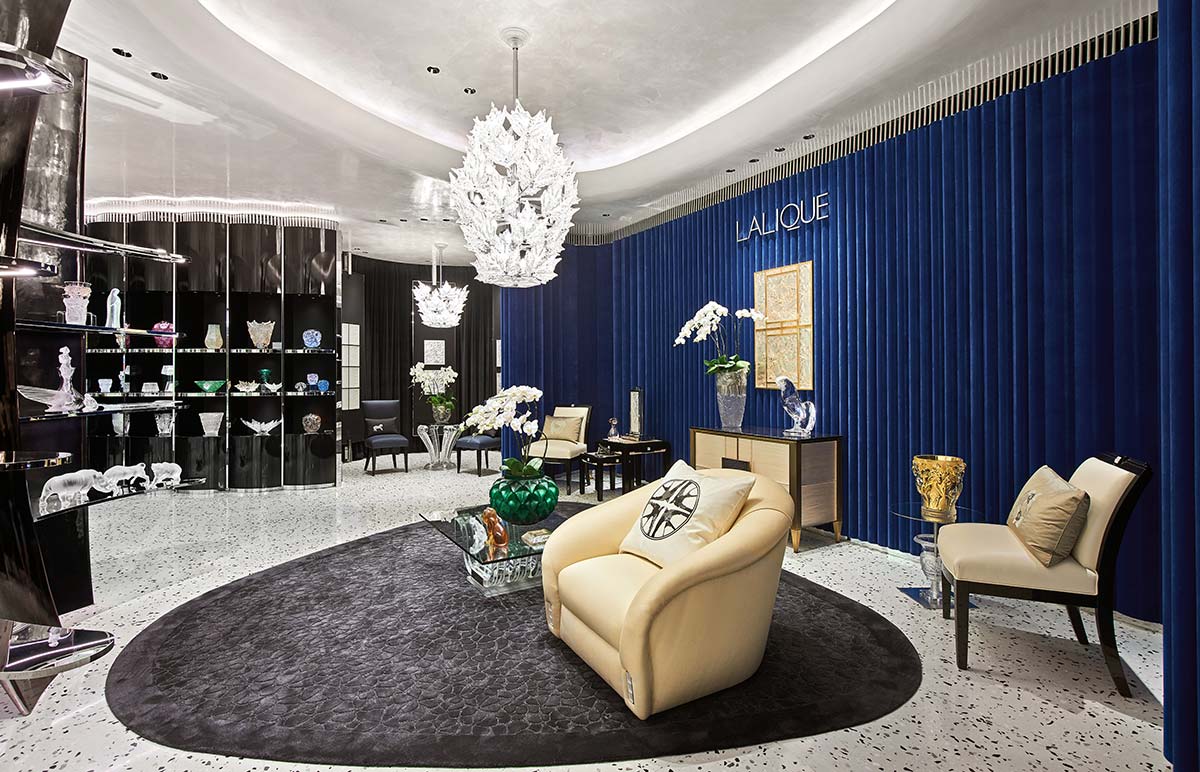
Lalique flagship store, Shanghai
What kind of role does nature play in both your work and your life?
Two three years ago, as someone who grew up in Hong Kong, I would not be able to say that nature plays such an important role in our lives personally and professionally. I always cherish the moments that I’m in nature, it is luxury because if I am in the nature, it means that I’m in my getaway and enjoying the moments.
Since I started living in Karuizawa nature has become a part of my life, from the moment I open the curtain in the morning and walk our dogs in the forest to the moments I turn off the lights at night. Everyday I’m seeing the changes of seasons in sky, trees, flowers, animals… it keeps surprising me in terms of colours, layering, composition, all these fundaments of beauty. It has become an endless source of inspiration that is ever changing.
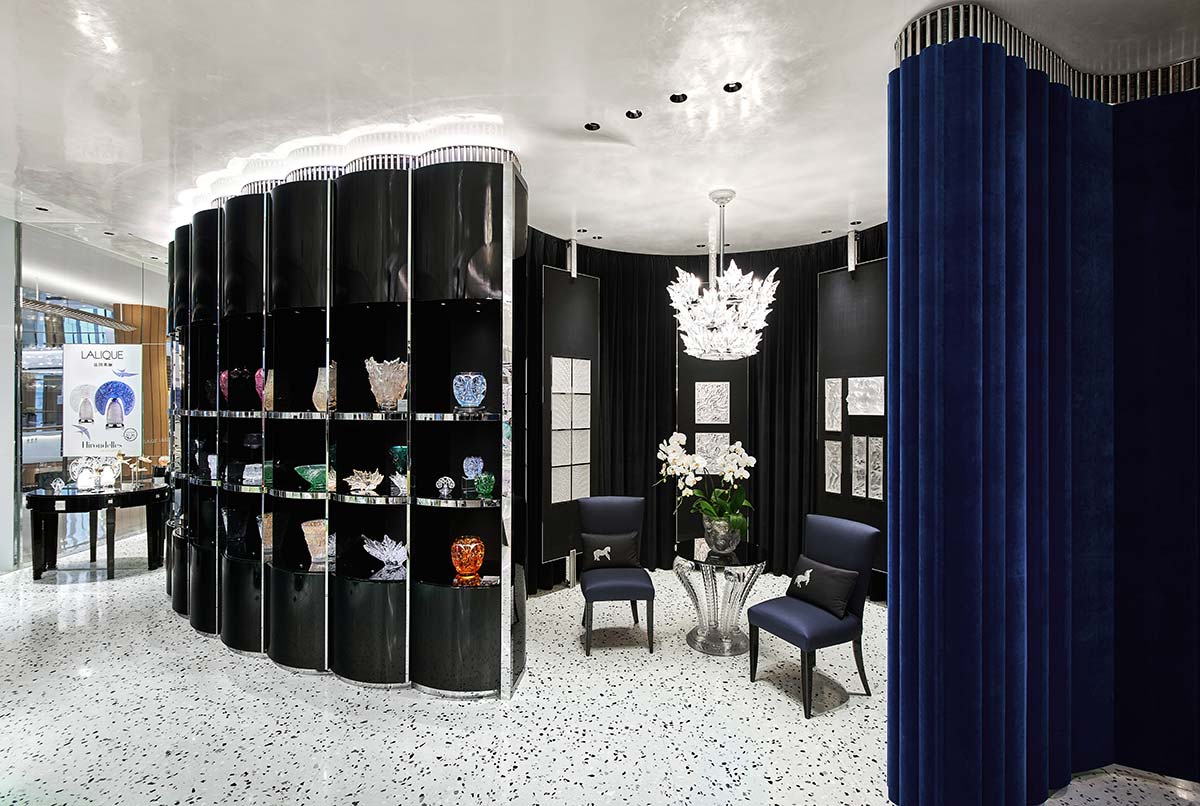
Lalique flagship store, Shanghai
Can you tell us about your most recent work? And please tell us about your ongoing or future works.
In terms of our most recent work, Waldorf Astoria Xiamen in China just opened in December, which is set to become a new city landmark and social meeting spot. We designed public spaces, including the concierge and lobby area, the courtyard lobby lounge Trellis and function space. While for 2021 we are looking forward to the renovation of the lobby and destination bar of Four Seasons Hong Kong, W Algarve in Portugal which consists of hotel and private residence, and also the F&B Outlets of Ritz Carlton Harbin.
Portrait photo © Russel Wong
Projects photo © courtesy AB Concept









